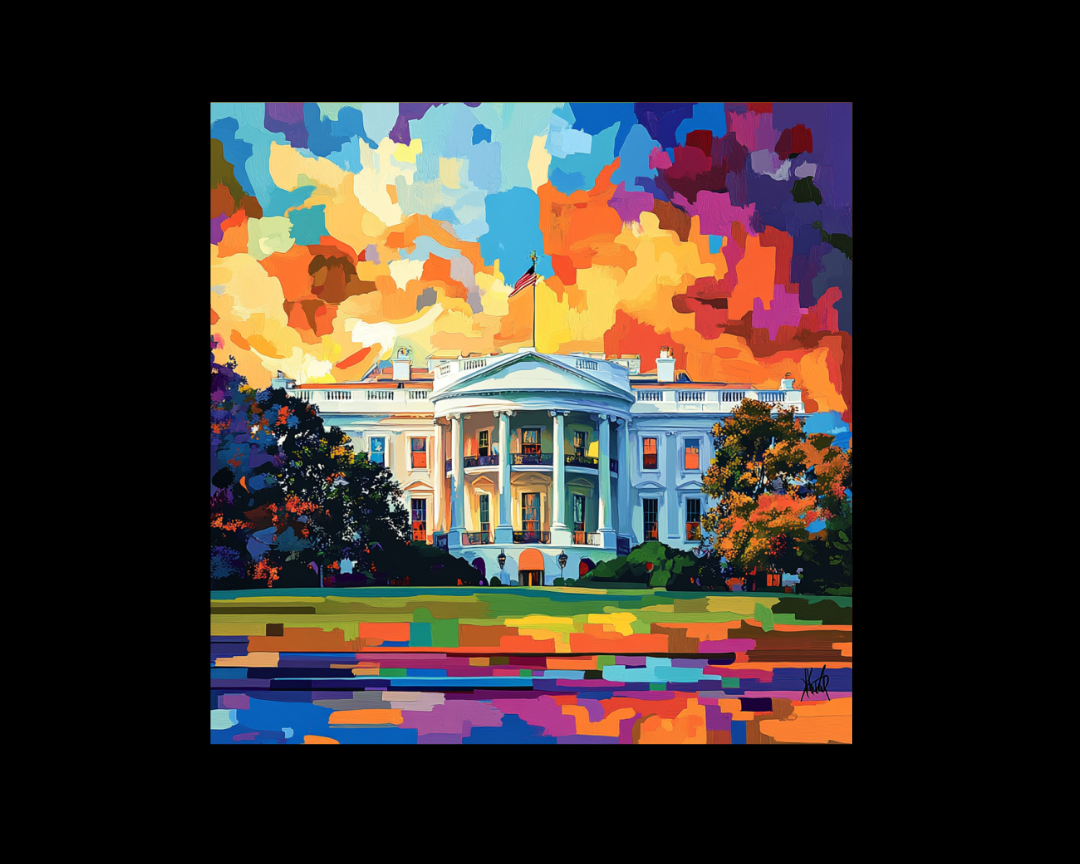5 min read
White House Makes AI Literacy a National Priority
In a move that would have seemed like science fiction just five years ago, AI literacy is now official White House policy. President Trump's April...

Remember when we were told AI would only eliminate the most boring, repetitive jobs? That humans would be "freed up" to do more creative, fulfilling work?
Those comforting narratives are starting to crumble faster than expected. We're witnessing what appears to be the early stages of AI-driven job displacement – not in some hypothetical future, but right now in 2025. And it's hitting the group many experts didn't expect to be first in line: recent college graduates and entry-level knowledge workers.
When a wave of interconnected signals all point in the same direction, it's time to pay attention. Let's examine what's happening and why the evidence suggests we're witnessing the beginning of a profound shift in the labor market.
The most telling signal comes from a troubling disconnect in the employment data. According to recent reporting from The Atlantic, unemployment among recent college graduates has spiked to 5.8% – an unusual jump at a time when the broader economy remains relatively stable.
This isn't what economists expected. Typically, when the job market is healthy overall, recent grads benefit disproportionately. Instead, we're seeing the opposite pattern.
Even more concerning, this trend extends to elite educational credentials. The Financial Times reported that graduates from top MBA programs are struggling to secure positions that would have been nearly guaranteed just two years ago. Meanwhile, law school applications are surging – a classic signal of young professionals seeking shelter during economic uncertainty.
Why the sudden shift? The most compelling theory is that AI tools have matured precisely to the point where they excel at the tasks traditionally assigned to entry-level knowledge workers:
As Paul Roetzer, founder and CEO of Marketing AI Institute, puts it: "I don't know for a fact this is what's happening, but it sure makes a lot of sense."
This aligns with recent research from Stanford and MIT showing that access to AI tools can increase workplace productivity by up to 40% for entry-level tasks – exactly the kind of efficiency gain that might lead companies to reconsider their hiring patterns.
Perhaps the most jarring signal comes from the startup ecosystem, where companies are beginning to explicitly promote their AI tools as human replacements.
Take Artisan, an AI agent startup focused on outbound sales. The company recently launched a marketing campaign with billboards boldly proclaiming: "Stop Hiring Humans."
Yes, it was partly a PR stunt designed to grab attention. And yes, it generated significant backlash – even death threats. But behind the provocative messaging lies a core business proposition that's gaining traction: Artisan claims its AI agents now send flawless sales emails at scale, serving over 250 clients and generating $5 million in revenue.
The most revealing aspect? Artisan is actually hiring more humans itself to keep up with demand for its human-replacing technology.
This reflects a broader trend we've observed in our exploration of how AI is reshaping search and digital marketing. AI tools aren't necessarily eliminating jobs across the board – they're creating winners and losers, with AI-native companies often expanding while their clients potentially reduce headcount.
"This kind of thing is going to get talked about more, because it's becoming OK to talk about it," Roetzer predicts. "It's going to become more accepted to talk about how few people you have and that you plan to hire."
For years, mainstream economists have downplayed concerns about AI-driven job displacement, pointing to historical patterns where technological revolutions created more jobs than they eliminated.
That position is now shifting rapidly. In a notable development, Anthropic (maker of the Claude AI assistant) recently announced the formation of an economic advisory council composed of distinguished economists specifically to assess AI's impact on labor markets, economic growth, and broader socioeconomic systems.
This represents the kind of institutional engagement on job displacement that signals a recognition of real concerns. When leading AI companies themselves are assembling economic teams to study workforce disruption, it suggests internal data may be showing concerning trends.
Roetzer notes that this shift in economist attention is very recent and still incomplete: "I've talked with leading economists who, as of six months ago, had no real interest in studying the impact of AI in the economy. They thought it was overblown."
The gap between AI capability and economic understanding creates a dangerous blind spot. As we explored in our article on predictive SEO using machine learning, the pace of AI advancement is outstripping our ability to model and predict its impacts.
One of the most important frameworks for understanding the unfolding job disruption comes from distinguishing between two types of companies:
This distinction helps explain seemingly contradictory signals in the job market. AI-native companies like Artisan are indeed hiring rapidly – but their business models often involve helping other companies reduce their own headcounts.
"If you're an AI-native company starting and building from the ground up, you can do it with fewer people. But for AI-emergent companies—those with large existing workforces—the implications are more complex," Roetzer explains. "If these companies have 1,000 or 10,000 employees and are now saying they can cut that in half? That's where we're going to have problems in the economy and workforce."
The pattern of disruption isn't random. Based on current signals, the jobs facing immediate pressure share several characteristics:
These categories align with the findings in McKinsey's April 2023 report on generative AI, which estimated that AI could automate tasks representing 60-70% of employee time for knowledge workers.
The critical detail is that these roles often serve as the traditional entry points for college graduates beginning their careers. If they disappear or significantly diminish, it creates a fundamental question: how will young professionals gain experience and enter career ladders?
One of the most striking aspects of the current situation is how unevenly distributed the impact appears to be. While recent college graduates face rising unemployment, other segments of the workforce report very different experiences.
Recent survey data from Slack's Future Forum reveals that mid-career and senior professionals report significant productivity gains from AI tools, often describing them as enhancing rather than threatening their work. This creates a potentially dangerous dynamic where those with established careers benefit from AI while the entry path for new workers narrows.
The geographic distribution is similarly uneven. Major tech centers like San Francisco and Seattle show dramatically different adoption patterns compared to other regions, creating what some economists call "AI opportunity deserts" where workers lack access to both AI training and AI-augmented employment.
The accelerating signals of AI job disruption demand strategic responses from both businesses and individuals:
What makes the current moment particularly significant is that we appear to be witnessing the earliest signs of what could become a profound economic restructuring. The signals we've discussed—recent graduate unemployment, startup messaging, economist attention, and uneven workforce impacts—are likely just the beginning.
As Roetzer notes, "The signals are getting louder. Job disruption from AI may no longer be hypothetical."
The question isn't whether AI will transform knowledge work—that's clearly happening already. The real questions are how quickly the transformation will accelerate, how we'll distribute the benefits and costs of this shift, and whether we can create new economic systems that provide meaning, purpose and livelihood in a world where traditional employment patterns are fundamentally altered.
At Hire a Writer, we're helping businesses navigate this complex transition by creating AI-aware content strategies that effectively combine human creativity with AI capabilities. Our team stays at the forefront of these developments to ensure your content resonates with both human audiences and increasingly powerful AI systems.
Want to develop a content approach that thrives in this rapidly evolving landscape? Contact our specialists today to create a strategy that embraces AI's potential while maintaining the human touch that truly connects with your audience.

5 min read
In a move that would have seemed like science fiction just five years ago, AI literacy is now official White House policy. President Trump's April...
-2.png)
As AI continues to revolutionize the marketing and advertising landscape, brands are becoming increasingly vigilant about how their agency partners...

Search is evolving—again. As artificial intelligence reshapes how we interact with digital platforms, Google’s AI Mode is setting the stage for the...